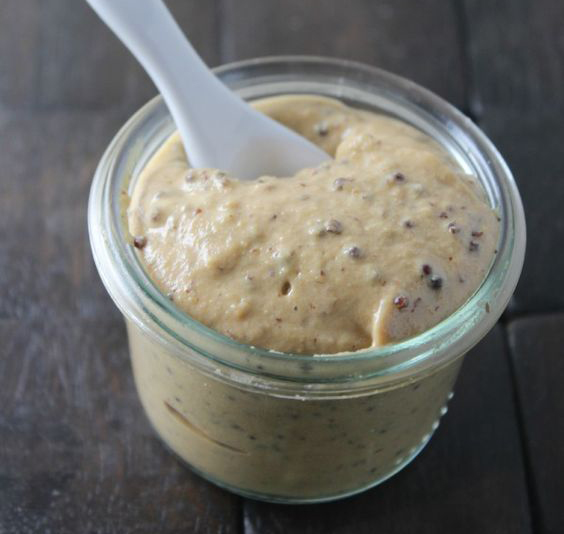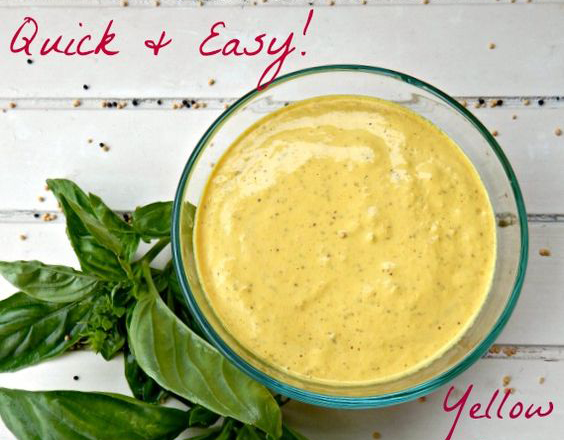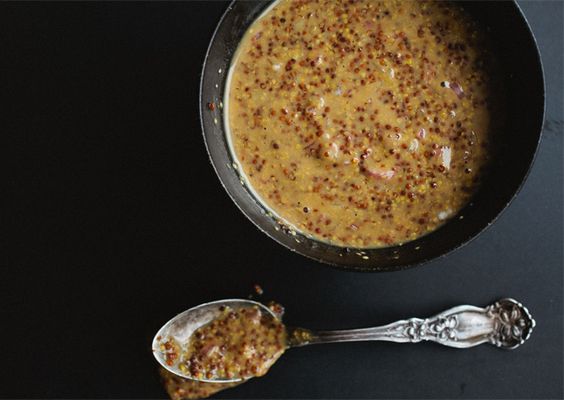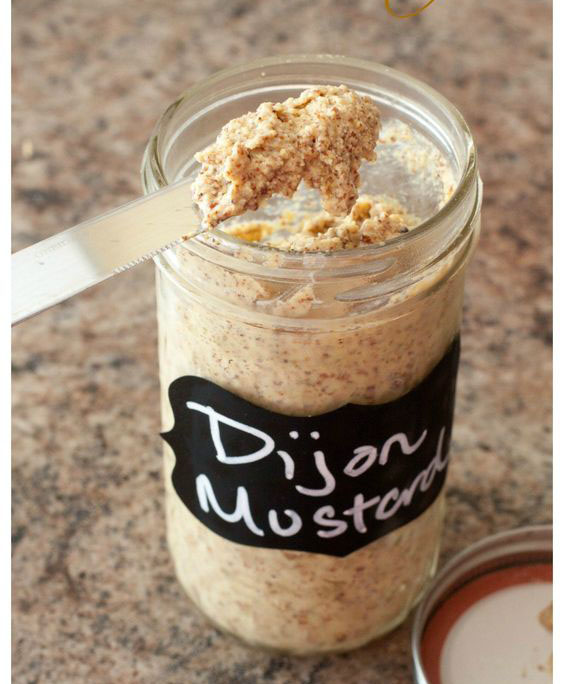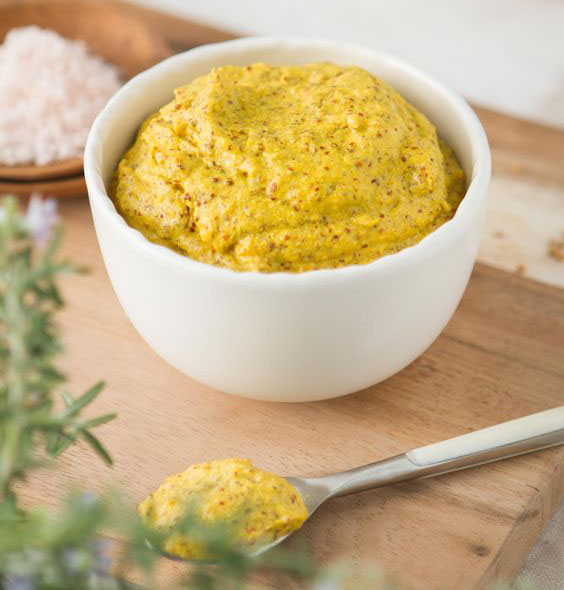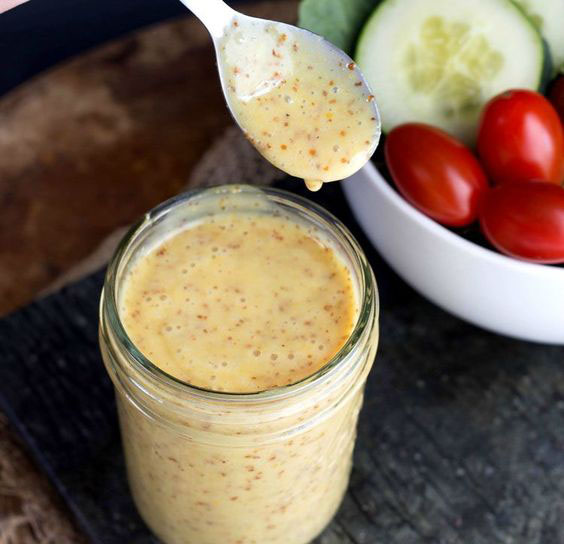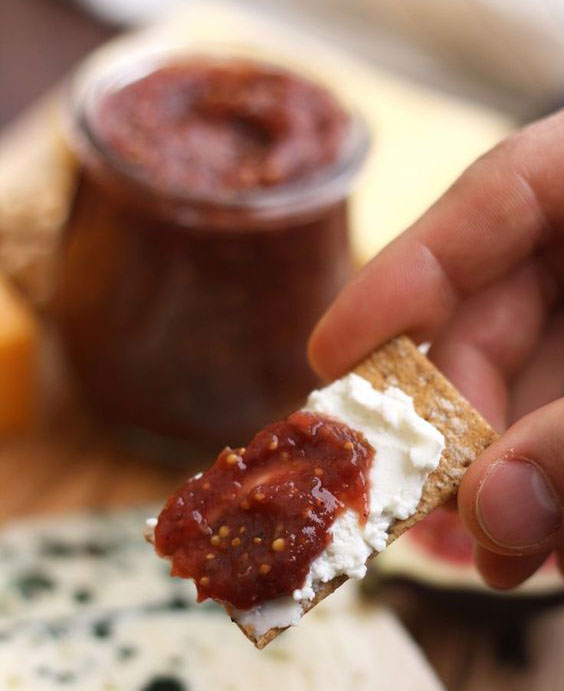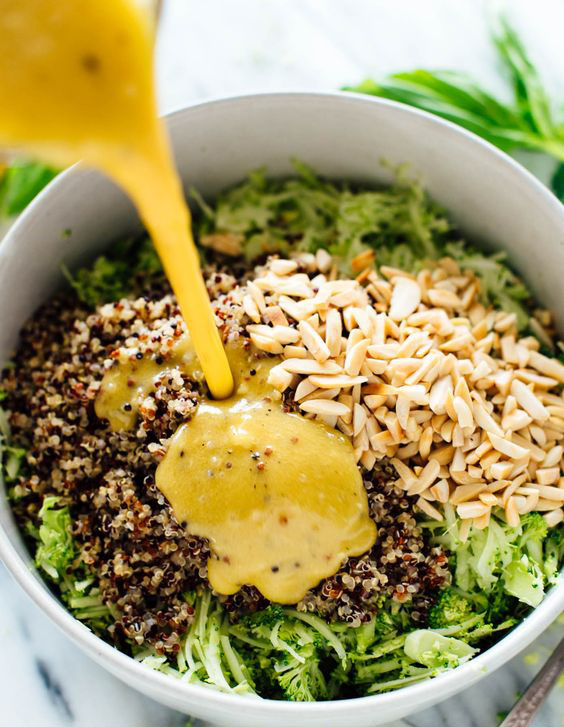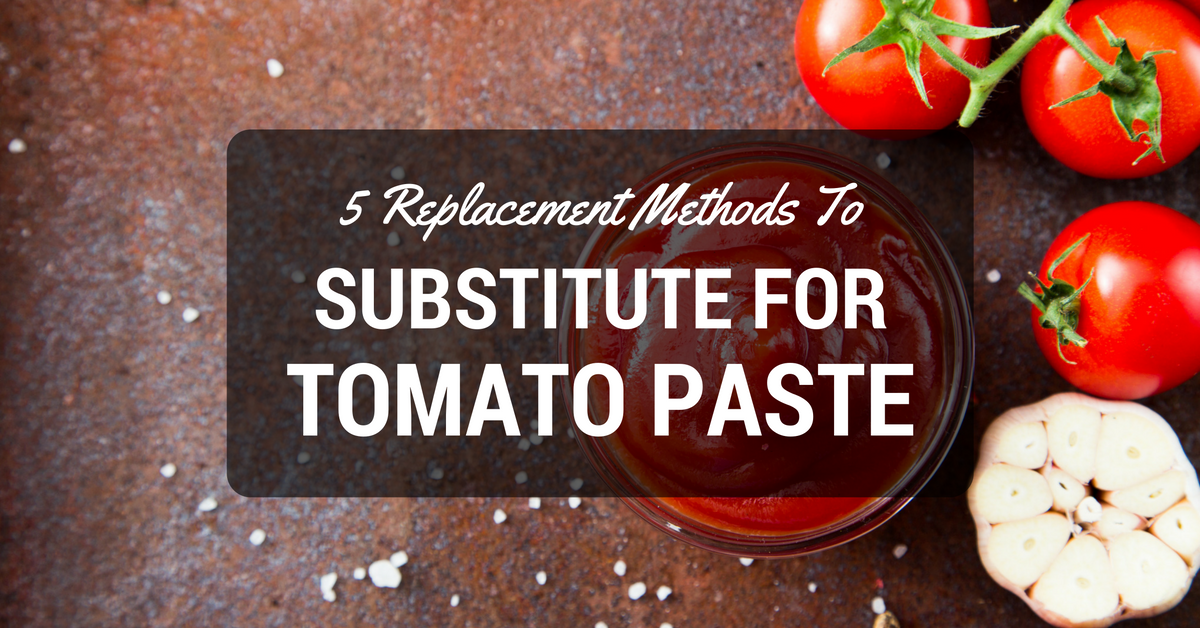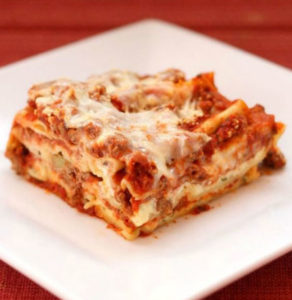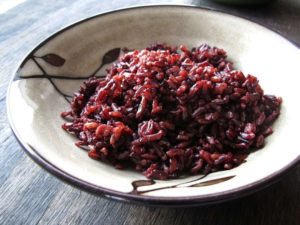Every once in awhile, I encounter an ingredient that I didn’t know about before. In a recent case, that’s Creole mustard. I may have cooked numerous recipes that made me familiar with all sorts of ingredients, but I never really heard of Creole mustard until I decided to make this New Orleans-style sauce.
Since I don’t really let my lack of knowledge interfere with my cooking, I did a little research and I found out what Creole mustard is. Unfortunately, it was an ingredient that I had no access to. But that didn’t stop me from making my New Orleans-style sauce.
I ended up doing a bunch of research and after a couple of hours, I learned about 5 different Creole mustard substitutes that I’m going to share with you below. Read on and let’s start cooking!
What Is Creole Mustard
Before we get into my short list of Creole mustard substitutes, let me first give you a brief introduction on what Creole mustard is. After all, it’s always a good thing to know what you’re about to put in your food.
Creole mustard is basically a spicy version of mustard that originated from the southern east regions of the United States. It originally came from Louisiana and it was inspired by German, African, French, and Spanish flavors.
Creole mustard has this grainy consistency that distinguishes it from other kinds of mustard. It has become so because of the excess mustard seeds that come with it. It also comes with a rather spicy taste unlike other mustard varieties.
It is an ingredient that is often used for sauces, dips, sandwiches, salad dressings, glaze, and marinades.
5 Creole Mustard Substitutes You Should Know About
If you happen to need a batch of Creole mustard, but don’t have any at your disposal, you can rest easy knowing that you can always create Creole mustard from scratch or you can easily buy an alternative from your local supermarket.
Here are 5 simple alternatives that you can use in place of Creole mustard that you can either buy or make at home.
Simple Homemade Creole Mustard
This is probably the most basic Creole mustard recipe in this list. If you don’t have a lot of time to spare, and you prefer to work with very little ingredients, this recipe is definitely the one for you.
You can easily make a batch of homemade Creole mustard from a handful of simple ingredients. To create a homemade batch of Creole mustard, all you will need is 6 tablespoons of Dijon mustard, half a teaspoon of worcestershire sauce, and a spicy element such as hot sauce or tabasco sauce.
To make your Creole mustard, simply mix all of these ingredients together. Make sure that you have thoroughly mixed these ingredients in order to get an even flavor with every scoop.
This recipe will help you create an authentic tasting Creole mustard that you can use for sauces, dips, dressings, marinades, and more.
Grainy Creole Mustard Recipe
If you wish to create a more authentic-feeling homemade Creole mustard that comes with the consistency of the real thing, all you will need is a cup of toasted and ground mustard seeds, a cup of dry white wine, a clove of peeled and minced garlic, a teaspoon of celery seeds, a teaspoon of allspice, half a teaspoon of salt, a quarter teaspoon of ground cloves, an eighth of a teaspoon of nutmeg, two tablespoons of tarragon vinegar, and two tablespoons of malt vinegar.
To make this recipe, you will need to whisk the white wine, celery seeds, garlic, salt, allspice, nutmeg, and ground cloves together. Once thoroughly mixed, you will have to bring it to a boil and steep it by removing it from heat just when it comes to a boil and setting it aside without a cover for 2 full hours.
The next thing you need to do is pop the mustard seeds by placing them in a skillet over medium heat. Once the seeds pop, remove your skillet from the heat and cover it with a paper towel for up to 10 minutes.
After letting the mustard seeds cool, you should then proceed to grind it up until you end up with a coarse set of grinds. Once the mustard seeds are all coarsely ground, you should then add it to a bowl followed by the malt vinegar and tarragon vinegar. Start creating a paste by thoroughly mixing these three ingredients together in a large bowl, and then set it aside.
The next thing you should do is reheat your wine mixture in a saucepan over high heat at bringing it to a boil. After reheating the wine mix, strain it through a cheesecloth as you transfer it to the bowl that contains your mustard paste. Whisk all of these ingredients together until everything is completely combined.
Store this mix in a jar or two and keep it in a dry place away from heat for 3 whole weeks before using it in your recipes.
Whole Grain Mustard
If you prefer to have a Creole mustard alternative that is extra grainy, then you should probably go with this whole grain mustard recipe instead of the other ones included in this list.
Whole grain mustard is basically a variety of mustard that comes with mustard seeds that have been ground to for a rich paste. Since this variety of mustard still comes with whole mustard seeds, it possesses a coarse texture and a very thick consistency that distinguish it from other mustard varieties.
If you ask me, this is probably the best kind of mustard to use for dressings or to pair with sandwiches and cheese plates since it is made with wine and brown or black mustard seeds instead of vinegar and yellow mustard seeds.
To make a batch of whole grain mustard, all you will need is a quarter cup of brown mustard seeds, a quarter cup of yellow mustard seeds, half a cup of dry white wine, half a cup of white wine vinegar, half a teaspoon of kosher salt, and a teaspoon of light brown sugar.
Once you have gathered all of these ingredients, simply mix them all in a bowl, cover the bowl up, and set it aside at room temperature for up to two days before use.
Dijon Mustard
Dijon mustard is often used as the base for making homemade Creole mustard, but that doesn’t mean that it’s not as good of an alternative on its own.
Dijon mustard has this smooth consistency that makes it ideal to use as a base for several kinds of sauces and dips. Unlike other varieties of mustard, Dijon mustard packs a lot of heat and comes with a rather pungent flavor.
Dijon mustard can be used as an alternative for Creole mustard on its own because it is made with hot brown and black mustard seeds that give it a strong and sharp flavor. It’s the kind of mustard that is ideal for vinaigrettes and mayonnaise mixtures.
Hot Mustard
Hot mustard is often associated with Chinese cuisine. It packs a really hot flavor because of its ground black and brown mustard seed content.
This kind of mustard is made with seeds that don't undergo the usual process for suppression of heat. When hot mustard is made, the mustard seeds it contains are not mixed in acid, hot water, or wine. The absence of such heat suppressors ultimately brings out the heat packed within the brown and black mustard seeds.
You can easily buy hot mustard from your local supermarket or you can make a batch yourself at home. Do take note that store-bought hot mustards usually pack in less heat than homemade ones because they are less potent.
If you wish to create a truly potent batch of hot mustard at home, all you will need is a quarter cup of dry mustard powder, a quarter cup of cold water, and an eighth of a teaspoon of salad oil.
Once you have all of these ingredients prepared, all you have to do is mix them all in a bowl, whereas you place the mustard powder in the bowl first, followed by the cold water, and then the salad oil. After thoroughly mixing these ingredients, simply cover the mixture for one hour before use.
How To Properly Store Your Mustard
Now that you know very well about the different Creole mustard substitutes you can buy or make at home, I figured it’s probably best to let you know how to properly store your mustard to make it have a long shelf life.
Store bought mustard, whether it is opened or unopened, can last for up to two years when stored in the fridge. Homemade mustard, on the other hand, can only last for a year, regardless of being opened or not.
To make your stash of mustard attain a lengthy shelf life, all you have to do is store it in a clean and airtight container, avoiding using dirty utensils for scooping, and avoid placing it in a moist and hot place.
How To Tell If Your Mustard Is Bad
If you happen to have a bottle or a jar of mustard that has been stored away for a year or so, and you want to figure out whether it’s still good to eat, all you need to do is rely on your senses.
The first things you should look out for are discolorations and mold build-ups. If you find any signs of these two, you ought to throw that batch of mustard away.
Another thing that you can try is sniffing out bad odors. If any foul odor is present, there’s a pretty big chance that your mustard is already spoiled.
The Bottomline
Creole mustard is one variety of mustard that you can easily replicate at home. If you need to get a hold of Creole mustard, but can’t, remember the 5 different alternatives that can easily take its place.
Keep in mind that the next best thing to Creole mustard is whole grain mustard, hot mustard, and Dijon mustard. You can also try adding in a couple of ingredients such as whole mustard seeds, wine, and Worcestershire sauce to Dijon mustard to attain a more authentic tasting Creole mustard alternative.
If you have any questions about this article, please leave a comment in the box below. Also feel free to share this article with your family and friends. Thank you and happy cooking!


